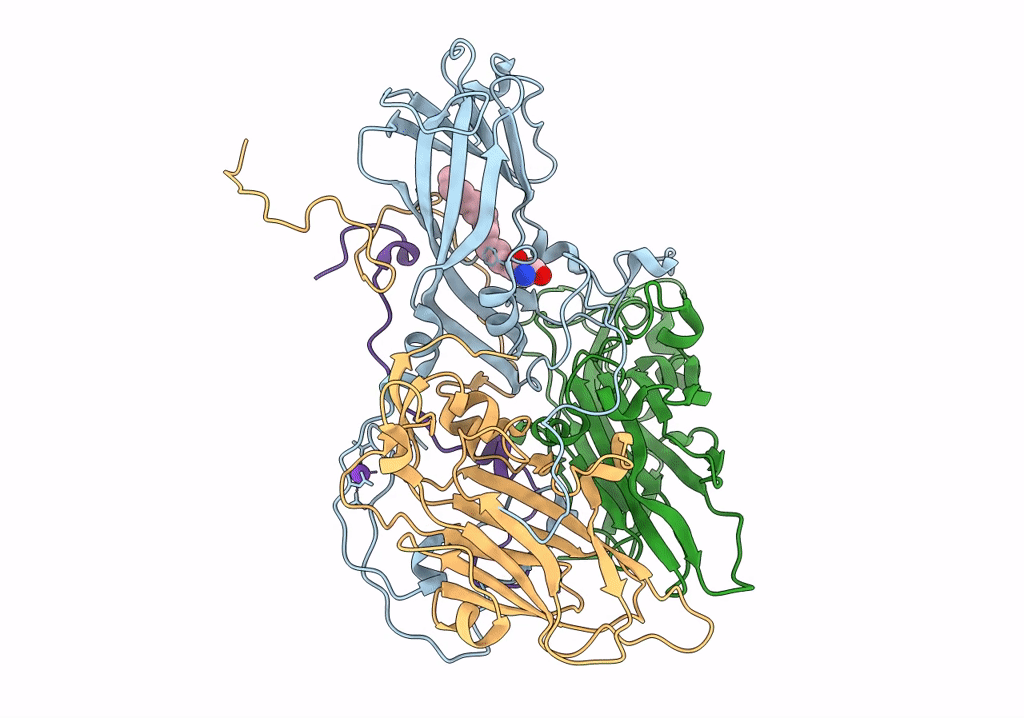
Deposition Date
2022-01-12
Release Date
2022-03-09
Last Version Date
2024-06-05
Method Details:
Experimental Method:
Resolution:
2.96 Å
Aggregation State:
PARTICLE
Reconstruction Method:
SINGLE PARTICLE


